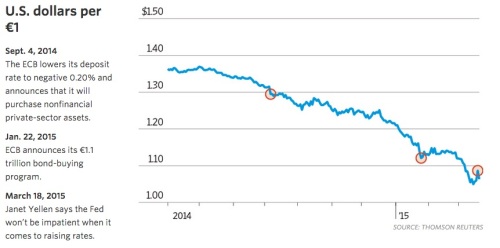How is this for a bold assertion: All your clothes are made with exploited labor.
That is the title of a recent Atlantic article which discusses what Patagonia learned when it audited the practices of its second-tier suppliers. These are not the firms sewing sweaters or assembling backpacks. Rather these are the mills producing fabric and factories producing components that go into those sweaters and backpacks. It turns out that a lot of those mills were engaged in some dubious practices.
About one-quarter of those mills are based in Taiwan, and the majority were found to have instances of trafficking and exploitation.
The problems stemmed from how those mills found the people to work their factory lines. They didn’t hire workers themselves and instead turned to so-called labor brokers. These labor brokers charged migrants exorbitant, often illegally high fees in exchange for jobs. There were other red flags, too. Suppliers would open bank accounts into which the workers deposited their paychecks, so that fees for labor brokers could be automatically deducted. Workers’ movements were also restricted through the confiscation of passports. The recruitment and hiring process used by many labor brokers can create a cycle of fear and debt that leaves workers neither able to leave their jobs nor to make a decent living.
The article goes on to explain that sourcing labor through brokers is both legal and common in Taiwan. It is arguably necessary for the mills to be cost-competitive. Still it is an embarrassment for a brand such as Patagonia which has staked quite a bit on being a better global citizen than the typical clothing brand. (Check out the social responsibility page on their website.) (more…)







